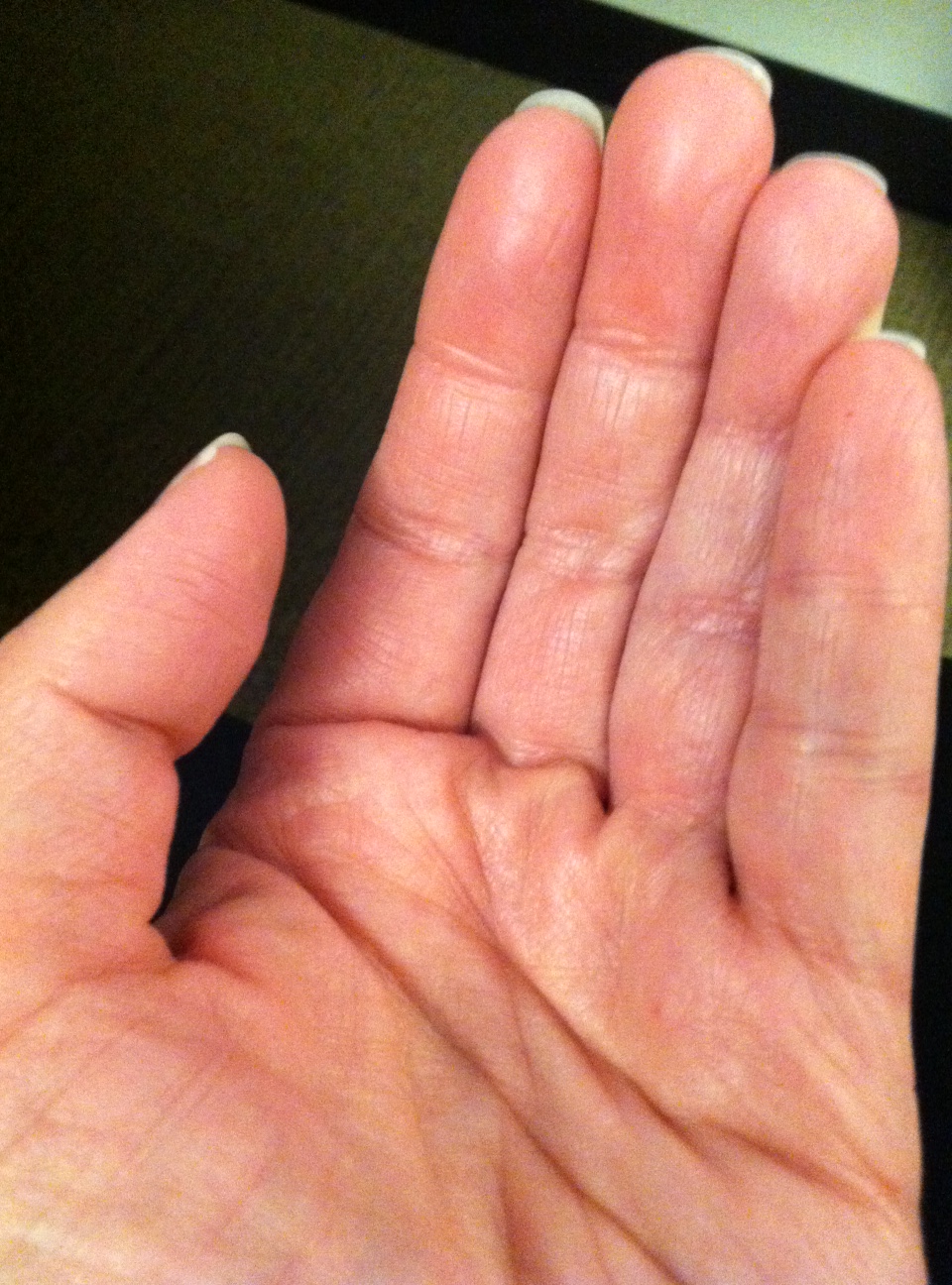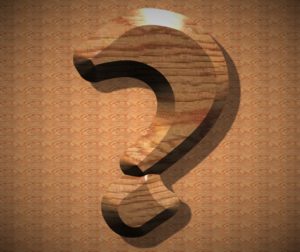 “Uncertainty” is a word that keeps coming up in various contexts for me lately and it seems so appropriate in the face of acts of violence that surround us. As we try to believe that we are safe in this world, as we try to convince our children of this, we are faced with the fact that the future is uncertain. Tied in with that uncertainty is the reality that we lack control over so much of our lives.
“Uncertainty” is a word that keeps coming up in various contexts for me lately and it seems so appropriate in the face of acts of violence that surround us. As we try to believe that we are safe in this world, as we try to convince our children of this, we are faced with the fact that the future is uncertain. Tied in with that uncertainty is the reality that we lack control over so much of our lives.
There is a book that sits on a shelf in my living room called, “Uncertainty: Turning Fear and Doubt into Fuel for Brilliance.” I should say it sits there mostly unread. I’m not sure I’ll ever read the whole book at this point as I’ve had it for almost five years – lets just say, I’m uncertain about it. I’m a big fan of the author, however, Jonathan Fields, writes many inspiring blog posts and hosts a series of videos called, “Good Life Project.” My problem with the book is that on the one hand he makes statements like, “Uncertainty causes pain” and on the other hand welcomes uncertainty as a way to be more creative. (pgs 197-198)
From my perspective uncertainty is not painful, though it definitely is a fear generator. When it becomes its own point of focus it can be crippling. However, when we accept uncertainty and put our focus on positive action instead, then we can live with this ambiguity.
For instance, I have faced times of uncertainty around paying the bills. Sometimes I have wondered how it will all work out. How will I possibly stretch that one dollar to cover those five dollars worth of bill? If I can drop the fear and analyze the situation, then I’m often able to come up with creative solutions to the situation. However, if I focus on how uncertain and tenuous the situation is, then I become paralyzed and unable to move forward.
My other recent encounter with “uncertainty” was in a discussion with a colleague who is also a grief educator. We were talking about the grief experiences of some of our clients who are cancer patients. I was talking about the anxiety that many of my clients are living with on a daily basis and she honed in on the profound uncertainty of their lives. As our discussion continued we started to delve into ideas around workshops where cancer patients could creatively explore living with uncertainty.
When we create grief workshops we do this as a way for people to examine an emotion. This examination often brings about a resolution or acceptance that allows one to move forward. This does not mean that the emotion will never be encountered again. It just means that you have faced it and decreased its power over you. In this way, you can live more fully and move out of the stuck place that grief and its related emotions often place us in.
Uncertainty: there is so much of it. We find it in the face of violence, terrorism, unemployment, illness, and daily living. It is the truth of our lives and yet by accepting it, maybe even dancing with it, we can live our lives to their fullest potential.

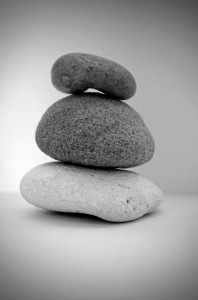 As promised a few weeks ago, I am sharing some more
As promised a few weeks ago, I am sharing some more 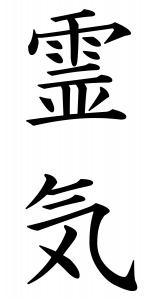 and <that condition>,” so I thought it would be useful to get clear on what Reiki is “for” and what it is “not for.”
and <that condition>,” so I thought it would be useful to get clear on what Reiki is “for” and what it is “not for.”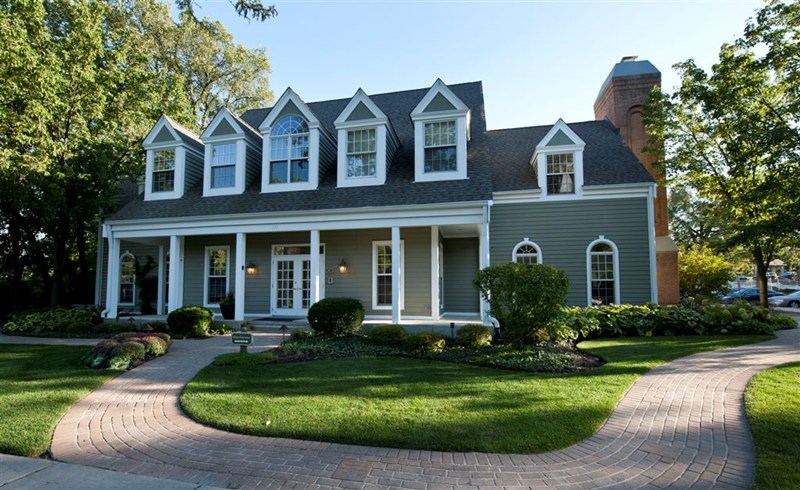 for the past three years. The Wellness House is a welcoming center for people living with cancer. It provides many programs to support cancer patients, survivors, and their families, through support groups, workshops, and a variety of classes in exercise, nutrition, meditation, and other wellness topics. I offer Reiki Sessions as part of the Wellness Tune-Up Program. It is such an uplifting experience to see a client, who entered the room full of anxiety and distress, leave with a feeling of calm and lightness.
for the past three years. The Wellness House is a welcoming center for people living with cancer. It provides many programs to support cancer patients, survivors, and their families, through support groups, workshops, and a variety of classes in exercise, nutrition, meditation, and other wellness topics. I offer Reiki Sessions as part of the Wellness Tune-Up Program. It is such an uplifting experience to see a client, who entered the room full of anxiety and distress, leave with a feeling of calm and lightness.